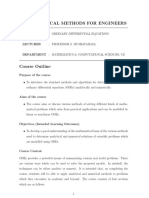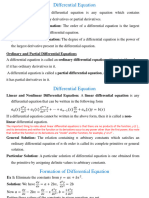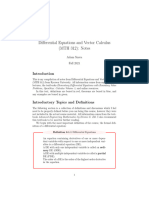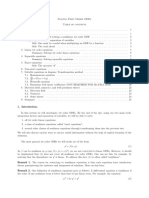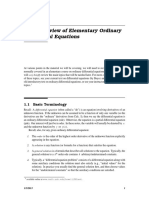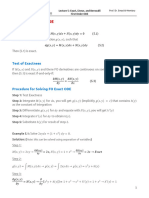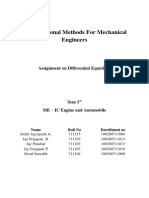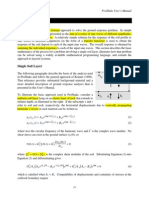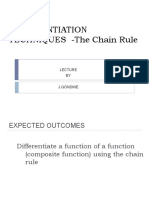0% found this document useful (0 votes)
5 views17 pagesLecture3 ODEs
Lecture 3 covers first-order ordinary differential equations (ODEs), focusing on linear and exact ODEs. It explains methods for solving linear ODEs using integrating factors and discusses the conditions for exact equations. The lecture concludes with a summary of key concepts and next steps for students.
Uploaded by
andrea.ciudad2004Copyright
© © All Rights Reserved
We take content rights seriously. If you suspect this is your content, claim it here.
Available Formats
Download as PDF, TXT or read online on Scribd
0% found this document useful (0 votes)
5 views17 pagesLecture3 ODEs
Lecture 3 covers first-order ordinary differential equations (ODEs), focusing on linear and exact ODEs. It explains methods for solving linear ODEs using integrating factors and discusses the conditions for exact equations. The lecture concludes with a summary of key concepts and next steps for students.
Uploaded by
andrea.ciudad2004Copyright
© © All Rights Reserved
We take content rights seriously. If you suspect this is your content, claim it here.
Available Formats
Download as PDF, TXT or read online on Scribd
/ 17














